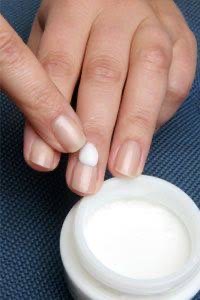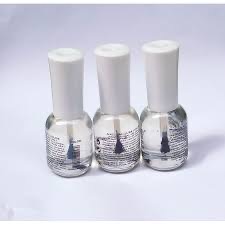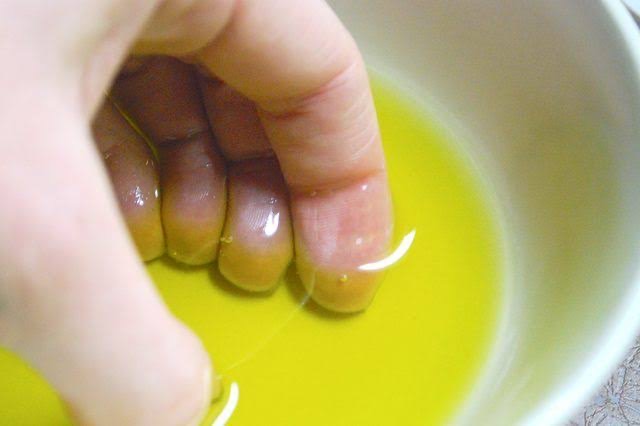Brittle nails are a common problem where nails become dry, weak, and prone to cracking, peeling, or splitting. While this issue can be frustrating, understanding its causes and adopting the right care routines can restore nail health.
Causes of Brittle Nails
1.Dehydration
•Nails become brittle when they lack moisture. Frequent exposure to water, harsh chemicals, or dry environments can strip nails of their natural hydration.
2.Nutritional Deficiencies
•Inadequate intake of vitamins and minerals, such as biotin, iron, or zinc, weakens nails.
3.Aging
•As we age, nails tend to lose their natural oils, leading to dryness and brittleness.
4.Medical Conditions
•Conditions like hypothyroidism, anemia, or fungal infections can contribute to brittle nails.
5.Overuse of Nail Products
•Excessive use of nail polish, acetone-based removers, and artificial nails can weaken the nail bed.
6.Environmental Factors
•Constant exposure to cold weather, dry air, or water can cause nails to become fragile.
Prevention of Brittle Nails
1.Keep Nails Hydrated
•Apply a moisturizing cream or cuticle oil daily to lock in hydration. Look for products with ingredients like jojoba oil or shea butter.
2.Maintain a Balanced Diet
•Include foods rich in biotin (eggs, almonds), iron (spinach, lentils), and zinc (seafood, nuts) to strengthen nails from within.
3.Avoid Overexposure to Water
•Wear gloves while washing dishes or cleaning to minimize water absorption that can weaken nails.
4.Limit Harsh Nail Products
•Use non-acetone nail polish removers and avoid prolonged use of gel or acrylic nails to prevent damage.
5.Trim and File Regularly
•Keep nails trimmed and filed to prevent splitting and snagging. Use a gentle nail file to smooth edges.
6.Protect Nails
•Wear gloves when working with cleaning products or gardening to shield nails from harsh chemicals and physical damage.
Treatment for Brittle Nails

•Apply a nourishing cuticle oil or nail cream daily, especially after washing your hands or before bed.
2.Use Strengthening Products

•Use nail hardeners or strengthening treatments with keratin or calcium to reinforce nail structure.
3.Soak in Natural Remedies

•Soak nails in warm olive oil for 10–15 minutes a few times a week to hydrate and nourish them.
4.Try Biotin Supplements
•Biotin, a B vitamin, can improve nail thickness and strength when taken regularly. Consult a doctor before starting supplements.
5.Address Underlying Health Issues
•If brittle nails persist, consult a healthcare professional to rule out medical conditions like hypothyroidism, anemia, or fungal infections.
When to See a Doctor
If your brittle nails are accompanied by discoloration, pain, or other unusual symptoms, it could indicate an underlying condition that requires medical attention.
Conclusion
Brittle nails can be managed and prevented with proper care and attention to your overall health. By keeping your nails hydrated, eating a nutrient-rich diet, and avoiding harsh chemicals, you can restore their strength and appearance. With consistent effort, your nails can become healthy, strong, and beautiful again!
Pingback: Brittle Nail: Causes and Remedies - SimplExplainer